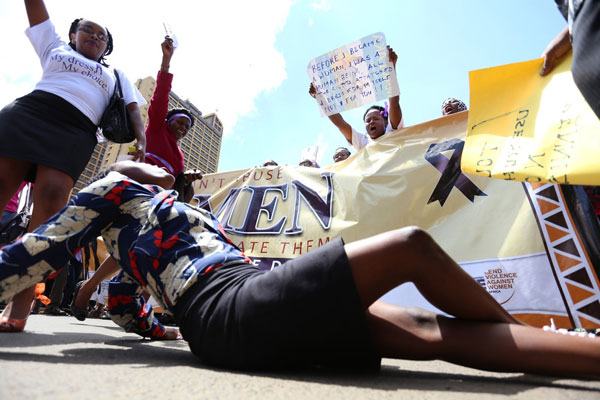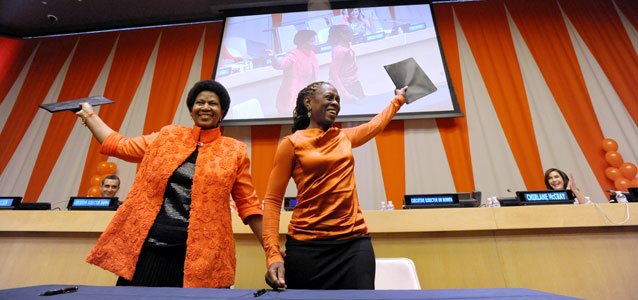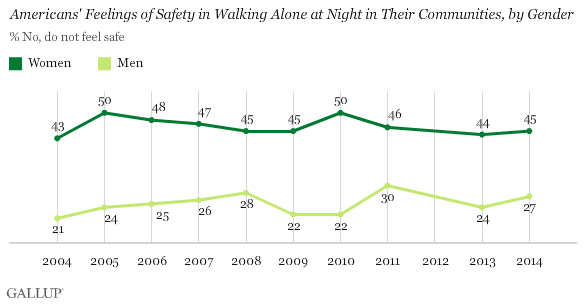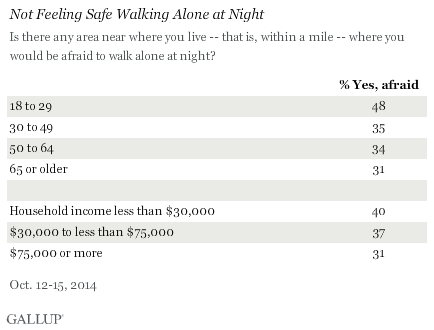Angie Evans, Washington, DC, SSH Blog Correspondent
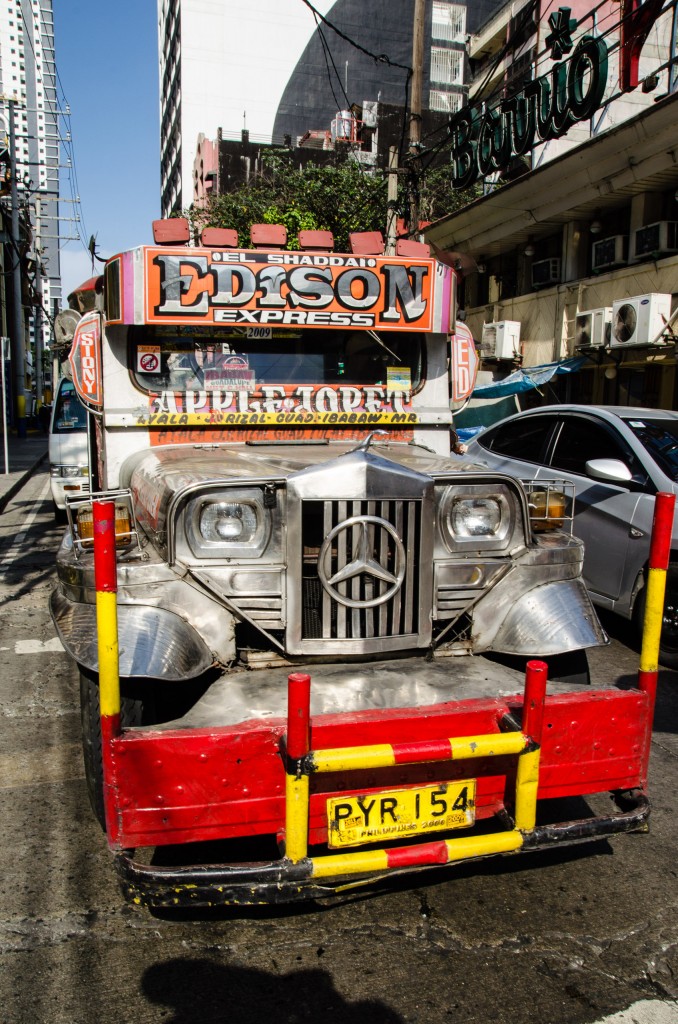 Halfway through our trip to the Philippines, I forced myself to change. I didn’t have a near death experience or attend transcendental meditation. I questioned myself because I was looking around a strip club that doubled as a midget boxing ring and realized that I hadn’t looked any of the female servers in the eyes. Eye contact is the most important nonverbal human interaction we can have with one another and I was unconsciously refusing to participate because I was uncomfortable. I forced myself to stop and talk with the next server who walked by. Half naked, she sat next to me, relieved for a moment to rest her feet.
Halfway through our trip to the Philippines, I forced myself to change. I didn’t have a near death experience or attend transcendental meditation. I questioned myself because I was looking around a strip club that doubled as a midget boxing ring and realized that I hadn’t looked any of the female servers in the eyes. Eye contact is the most important nonverbal human interaction we can have with one another and I was unconsciously refusing to participate because I was uncomfortable. I forced myself to stop and talk with the next server who walked by. Half naked, she sat next to me, relieved for a moment to rest her feet.
The Philippines is simultaneously known for two cultural norms: matriarchy and male-domination. Although Filipino women have maintained a higher level of status than many other countries in Asia because of bilateral kinship, women continue to demonstrate these dueling norms. Based on a Grant Thornton International Business Report, 40% of senior roles in the Philippines are filled by women and 7% of the CEO’s in the country are women[1]. Why then has 1 in 5 experienced violence at home and 30-40% sexually harassed in the workplace?[2]
Power is closely linked with physical and sexual violence. “Sexual harassment is a subtle rape, and rape is more about fear than sex,” said Dr. John Gottman, a psychologist at the University of Washington. “Harassment is a way for a man to make a woman vulnerable.” And street sexual harassment is not just an annoyance; it’s a degradation that slowly chips away at your safety and self-worth.
The sex industry in the Philippines is world-famous and accounts for nearly 40% of male tourism there.[3] The single biggest factor in a man, woman, or child entering the sex trade is poverty. And 1 in 5 families in the Philippines fall below the poverty line.[4] This means that a family of 5 makes less than $175 a month. In 2012, analysts estimated that these families need about 26% more income each month to get out of poverty. That’s only about $45 a month for us but it’s an impossible amount for many others.
It’s not surprising then that in a city like Manila, with so many powerful women and such high poverty, an entire empire of sexual subordination has grown. Some estimate that there are nearly 800,000 Filipino prostitutes[5]. For these women and men, this is a substantial income for their families – keeping them out of poverty and providing for a good chunk of the remittances that are sent back to the Philippines. The economic base of sex work cannot be denied so how then can Congress deny the need to make it minimally safe?
Many cited that women’s safety as the reason for passing the Anti-Sexual Harassment Act of 1995, the first of it’s kind in the country. Interestingly though, it makes no attempt to end street harassment or to make it better for women in their clearly growing sex industry. That is why after 18 years, many are calling for an expansion of the law.
National women’s groups, policy organizations, and a small group of unionized sex workers have each laid out measures that could strengthen the nation’s enforcement and protections against sexual harassment. The House and the Senate hasn’t pursued any of the suggested measures but my hope is that the Philippine government is able to humble itself and hear the plea from this diverse interest group. You never know what your impact will be when you pause your own habits.
[1] Grant Thornton International
[2] End Violence Against Women Now
[3] “Who is to blame for sex tourism?” Al Jazeera news
[4] The Philippine Statistics Authority
[5] Senator Pia Cayetano
Angie is a community organizer and social worker. Last year she quit her job to travel around the world with her husband. They have just returned and are continuing to write about travel and adventure at http://whereisseangie.com.

